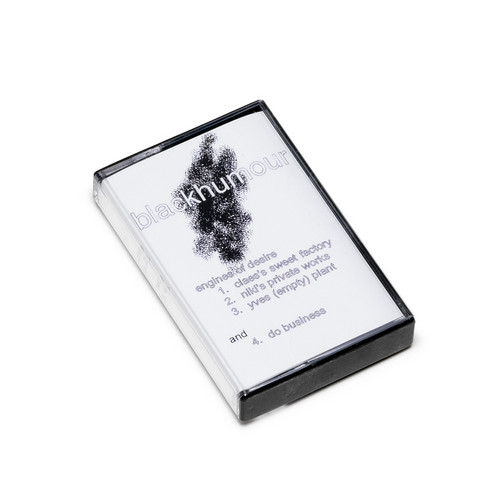Blackhumour
The blackhumour audio project had its beginnings in early 1982 with the
first few experiments Frazer Hall was doing on his teac 4-track reel-to-reel
recorder "Since 'snakes in an atheist's grave' (1984), NO blackhumour piece has
used anything other than found object (spoken) human voice and editing
techniques. (since 1986, digital editing has been included, thanks to
inexpensive digital sampling.) I wanted the sound source to be
absolutely basic. The human voice speaking was about as basic as i could
get."
The blackhumour audio project had its beginnings in early 1982 with the
first few experiments Frazer Hall was doing on his teac 4-track reel-to-reel
recorder "Since 'snakes in an atheist's grave' (1984), NO blackhumour piece has
used anything other than found object (spoken) human voice and editing
techniques. (since 1986, digital editing has been included, thanks to
inexpensive digital sampling.) I wanted the sound source to be
absolutely basic. The human voice speaking was about as basic as i could
get."
Engines Of Desire
Since the early 80s, Blackhumour has been stubbornly dedicated to an
investigation of the cracks which exist in common speech practice and
the vacancy of the signifier. Vocal event is mined for stochastic
determinism and glottal smut. While affinities exist, it would be difficult to categorize this
material as sound poetry, despite a focus on voice, breath and the
subtle diversion of linguistic intent. What is it. Repetition and
magnification direct the incremental units of a sound which m…
